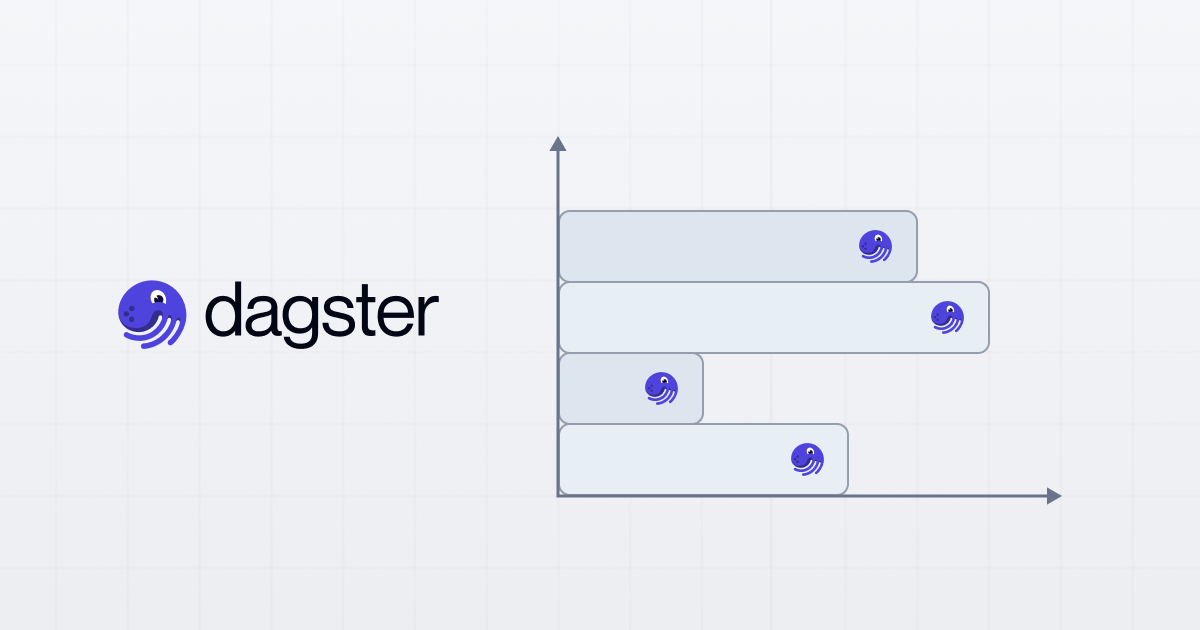Take your AI pipelines from vibes to production
Most AI and ML pipelines are glued together with scripts and notebooks. They’re fragile, hard to test, impossible to track, and isolated from the rest of your data.
Build reliable AI and ML pipelines with a data orchestrator that scales with your hyper-growth.




























Leave your competitors in the dust
Accelerate development with local testing, branch deployments, and software engineering best practices your teams expect, so you can ship AI products to market faster.

All your data under one roof
Context is king, so break down your silos and get a single unified control plane for all your data. State of the art observability for your SOTA foundation models.

Reliability by design
Built-in monitoring, quality checks, and lineage tracking so you can prevent outages before they hit your customers. Reliability so good, they’ll never know you vibe-coded your way there.

Built for today and tomorrow
Dagster’s composable architecture supports your existing data platform while enabling you to build for the future. Adapt to a rapidly changing data landscape without having to rebuild your platform from scratch.

Everything you need to ship AI and ML pipelines with confidence

End-to-end AI and ML pipelines
Manage your AI and ML pipelines from data ingestion to production in a single unified platform. Track assets with complete lineage across the entire data lifecycle.

Run and scale AI/ML workflows with confidence
Dagster handles orchestration so you don’t have to stitch together jobs manually. Easily scale your pipelines, track runs, and monitor models—all with built-in reliability, retry logic, and visibility.

World class observability
Track your compute and model usage across teams with powerful insights reporting. Monitor workloads with built-in alerting to avoid unexpected surprises.





Unified ML pipelines
EvolutionIQ, an AI-driven insurance insights company, transformed its fragmented system into a unified platform with Dagster. This transition enhanced the development and deployment of their machine learning models, leading to significant gains in efficiency and scalability.



Why teams love Dagster

Seamless integration & scalability
Connect to your existing data stack and scale as your business grows—without bottlenecks.

Built for developers, loved by data leaders
A developer-friendly platform that provides the transparency, control, and insights data leaders need.

Future-proof your data strategy
Scale with your growing data and AI workloads ahead with a flexible, open-source foundation that evolves with your needs.
Ship data and AI products faster
Automate, monitor, and optimize your data pipelines with ease. Get started today with a free trial or book a demo to see Dagster in action.




